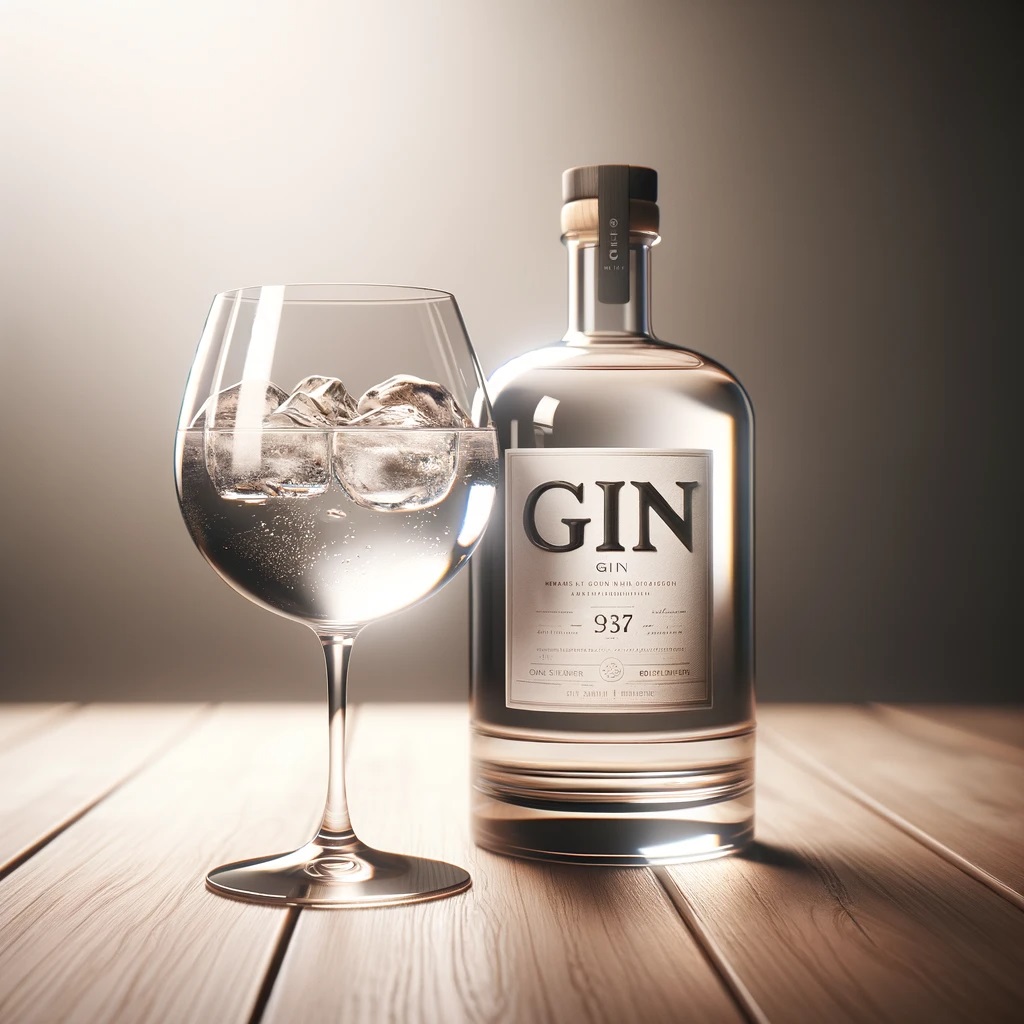Gin plays a significant role in cocktail culture and is a key ingredient in many classic cocktails, including the Gin and Tonic, Martini, and Negroni. The spirit has a rich history, with its origins dating back to the Middle Ages, and has undergone various transformations over the centuries. Today, we’ll look into the gin ingredients that define its flavour and never-ending popularity across cultures.
Gin is derived from Juniper berries lending its flavour, coriander for spice, and citrus peel for zest. Originating as a medicinal liquor in Europe, gin has evolved into a widely consumed spirit known for its complex flavour profile, which is achieved through the infusion of various botanicals in addition to juniper.
The History and Evolution of Gin
Gin’s story begins in the Middle Ages, with its origins tracing back to a medicinal liquor made by monks and alchemists across Europe. The modern gin we know today was developed in the Netherlands, where it was known as jenever.
This juniper-flavored spirit made its way to England, where it underwent further modifications and gained immense popularity, especially during the “Gin Craze” of the 18th century. Initially used for its supposed medicinal properties, gin soon became a beloved alcoholic drink, evolving over centuries into various styles and forms.
Core Gin Ingredients
At the heart of every gin is the unmistakable flavor of juniper berries. These small, aromatic berries are what define gin and give it its signature pine-like and citrusy taste. The process typically begins with a neutral base spirit, usually made from grain, which forms the canvas for the infusion of botanical flavors.
Besides juniper, gin makers use a diverse range of botanicals, including but not limited to:
- Coriander: Adds spicy and citrus notes.
- Angelica Root: Imparts an earthy, musky flavor and binds the other botanical flavors together.
- Citrus Peels: Commonly lemon or orange, these peels provide bright, zesty notes.
- Other Botanicals: Each gin recipe is unique, with distillers often adding their own selection of herbs, spices, and floral ingredients to create distinct flavor profiles.
The precise combination of these ingredients, along with the distillation process, determines the final flavor and character of the gin, making each brand and type distinctively its own.
Gin vs. Vodka
While gin and vodka are both popular clear spirits, they have differences that set them apart.
- Base Ingredients and Flavors
Gin’s primary flavor comes from juniper berries, accompanied by a variety of botanicals such as herbs, spices, and citrus peels. This gives gin its characteristic herbal, floral, and sometimes fruity flavors. Vodka, on the other hand, is known for its neutral flavor profile. It is typically made from fermented grains or potatoes and aims for a clean, smooth taste with little to no distinct aromas or flavors.
- Distillation Process
The distillation process also differs. Gin undergoes a process where the botanicals are steeped in the base spirit and then redistilled to infuse the flavors. Vodka is distilled to high proof for purity, and often filtered, to achieve its signature neutral taste.
- Cultural and Historical Context
Gin has a rich history, especially in Europe, and has evolved from a medicinal drink to a key ingredient in cocktails. Vodka is deeply rooted in Eastern European culture, particularly in Russia and Poland, where it is often consumed neat.
The Gin Making Process
Gin production is an art that combines science with creativity. Here’s a breakdown of the process:
Selection of Botanicals
The first step is selecting the botanicals, with juniper being the most essential. Other botanicals like coriander, citrus peels, and various herbs are chosen to create the desired flavor profile.
Maceration and Distillation
The botanicals are then macerated in a neutral spirit. This mixture is distilled in a pot still, where the flavors from the botanicals are infused into the alcohol vapor. It is then condensed back into liquid form.
Blending and Dilution
The distilled spirit might be blended with other distillates for consistency and then diluted with water to reach the desired alcohol content.
Bottling
Finally, the gin is filtered, bottled, and prepared for distribution.
Gin’s Alcohol Content
- Standard Alcohol Content
The alcohol by volume (ABV) in gin typically ranges between 35% to 50%, with 40% ABV being common. However, this can vary with different brands and styles.
- Influence on Flavor
The alcohol percentage plays a crucial role in the flavor profile of gin. Higher ABV can intensify the botanical flavors, while a lower ABV might result in a milder taste.
-
Regulations
There are regulatory standards in different regions that define the minimum alcohol content for a spirit to be labeled as gin.
Enhance Your Gin Cocktails with the Interplay Cocktail Shakers
While exploring the fascinating world of gin and its myriad ingredients, the importance of the right mixology set in crafting the perfect cocktail cannot be overstated. This is where the Interplay Cocktail Shakers comes into play, a must-have for any cocktail enthusiast or professional mixologist.
Conclusion
From its origins as a medicinal tonic to its evolution into a mainstay of modern mixology, Gin continues to be popular in the world of spirits. Its unique flavour profile, derived from juniper berries and a diverse array of botanicals, offers an unparalleled range of tastes and aromas.
Whether enjoyed in classic cocktails or sipped neat, gin provides a distinctive drinking experience that appeals to a wide audience.


